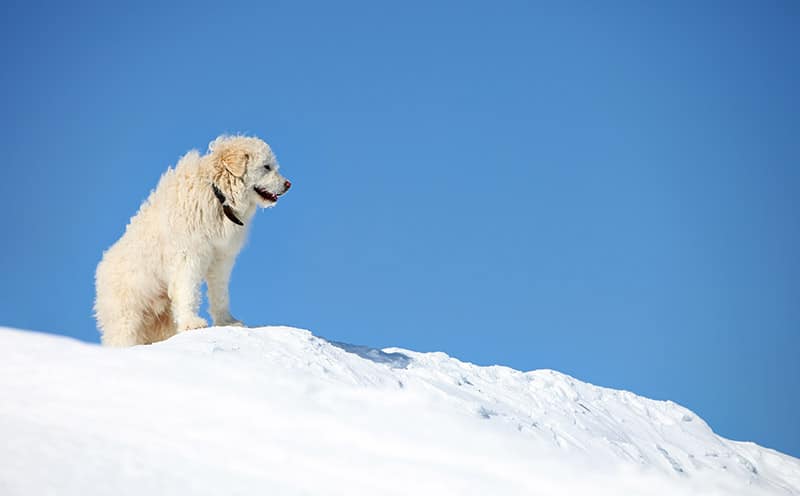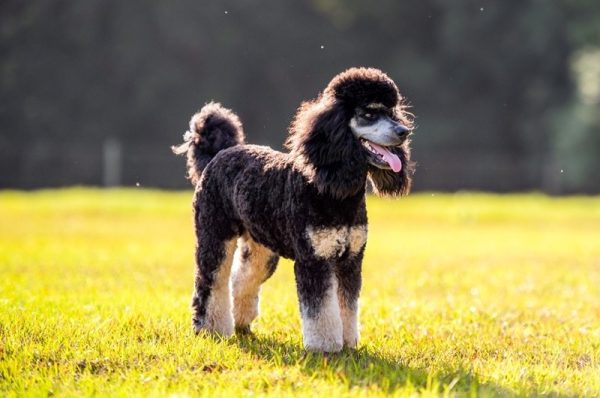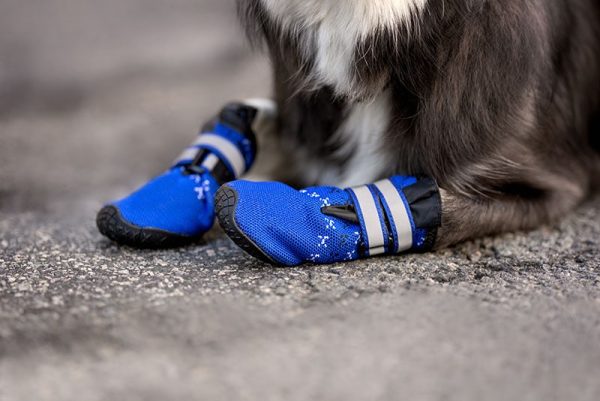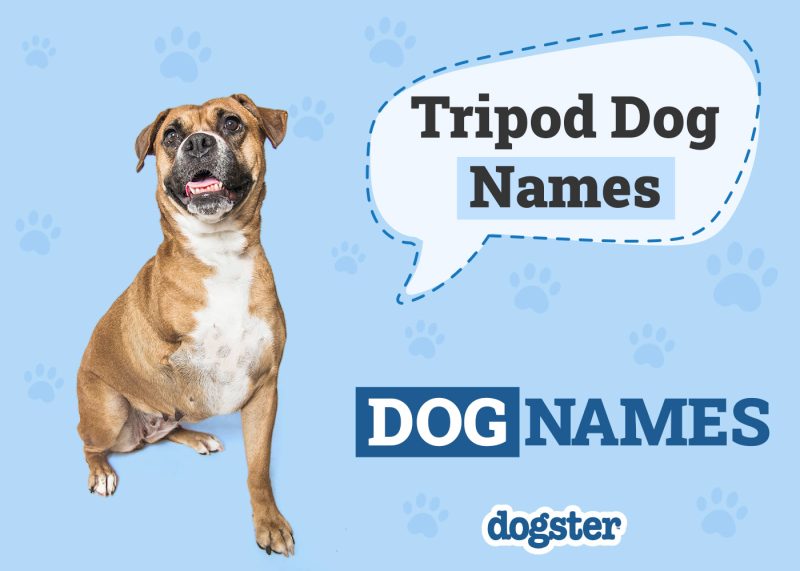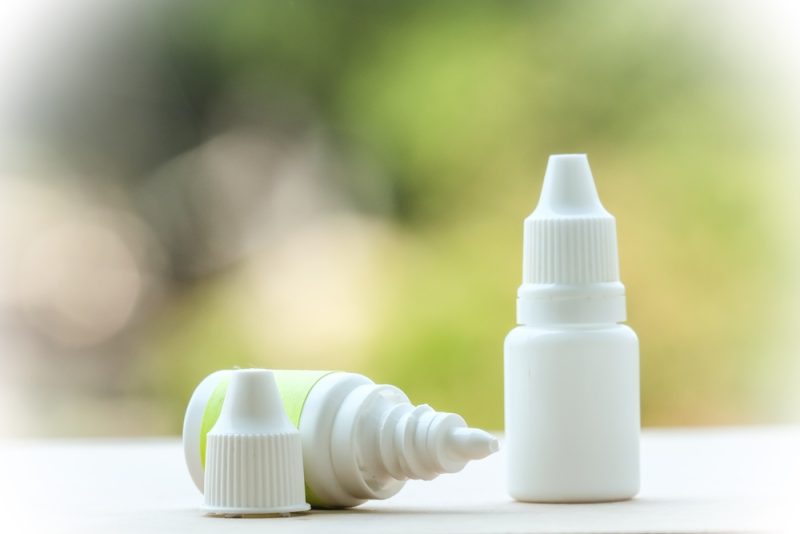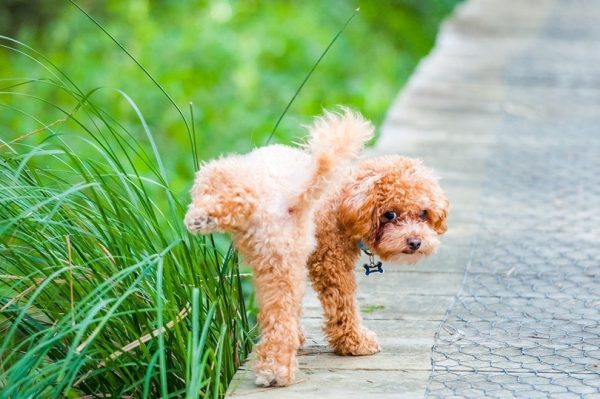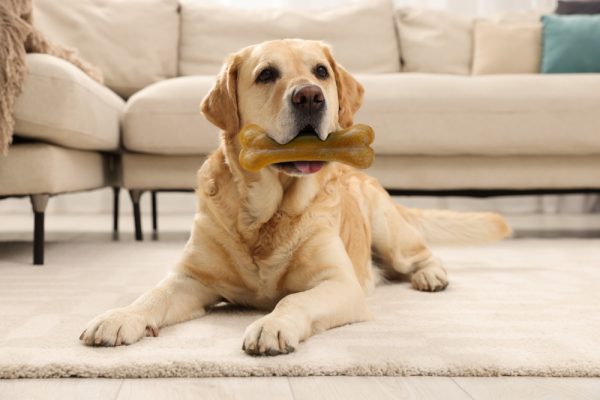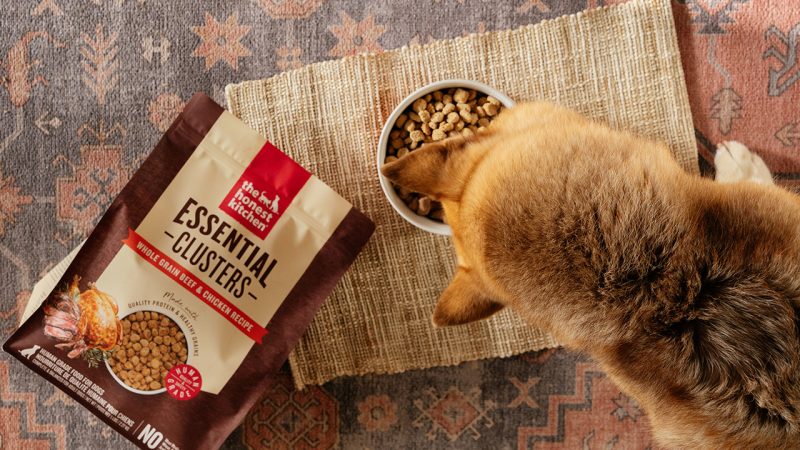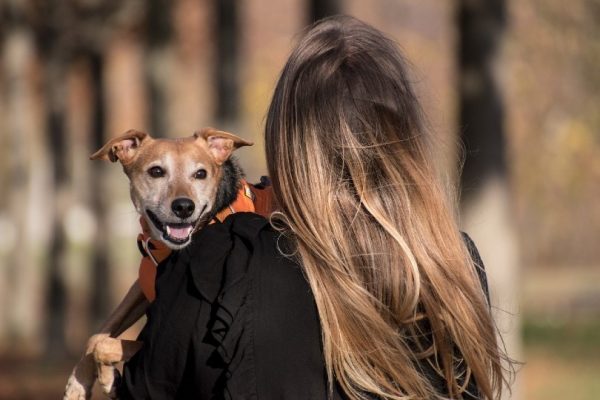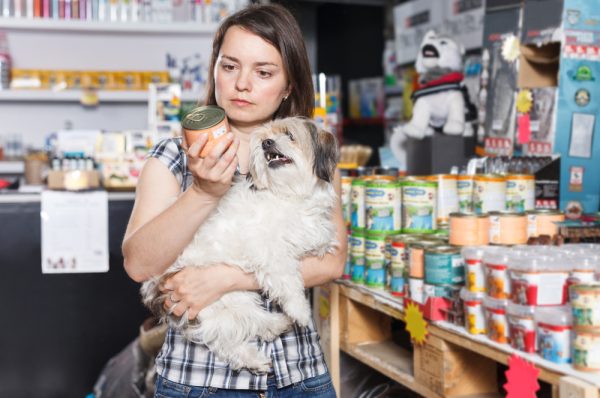In this article
View 8 More +South Russian Ovcharkas are gorgeous large dogs with herding and guarding heritage. The lean and muscular dogs have stunning, thick, shaggy double coats that come in hues of white and gray. They have wedge-shaped heads and small ears that sit close to their heads. They’re also known as South Russian Shepherd Dogs.
Breed Overview
Height:
24–26 inches (minimum)
Weight:
108–115 pounds
Lifespan:
8–12 years
Colors:
White, white with light gray speckles, white and yellow, and gray
Suitable for:
Experienced dog owners with plenty of space who are interested in a steadfast guardian
Temperament:
Independent, loyal, observant, and sometimes standoffish
South Russian Ovcharkas are friendly and laid-back around their people, but the powerful dogs can also be incredibly independent. While most enjoy spending lots of time with their family members, South Russian Ovcharkas are also happy to hang out alone.
They’re excellent guard dogs who naturally monitor what’s happening around them. They’re restrained and watchful but can spring into action with stunning power and agility when called upon.
South Russian Ovcharka Characteristics
South Russian Ovcharka Characteristics

South Russian Ovcharkas Breed Puppies
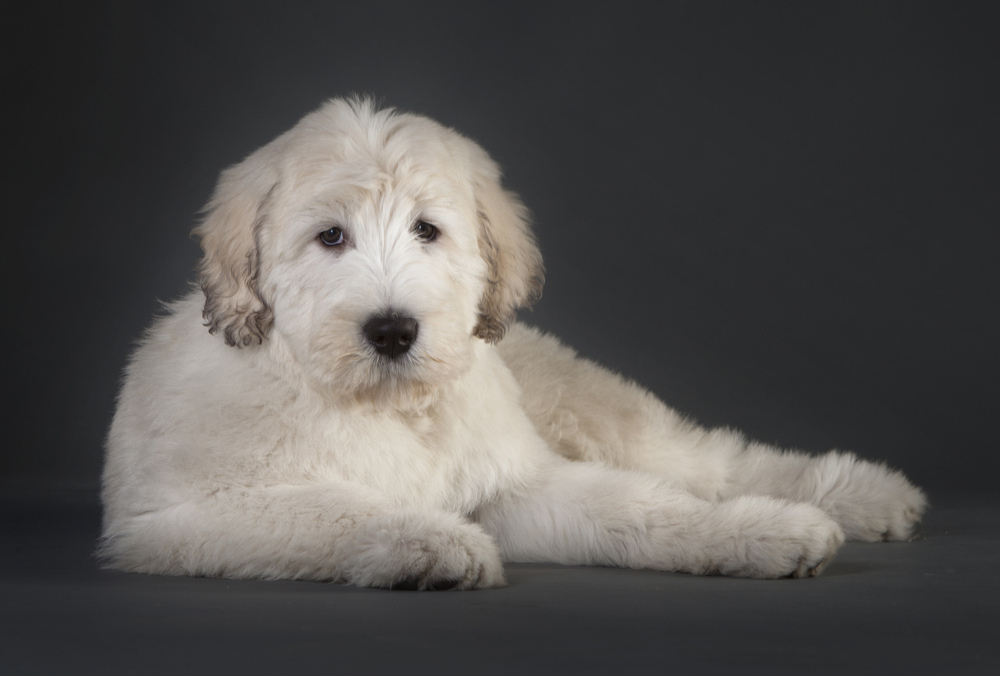
The chances of finding South Russian Ovcharka puppies at a shelter are slim, so be prepared to spend some time looking for and evaluating breeders. Veterinarians and breed clubs can sometimes provide solid information about reputable places to look for South Russian Ovcharka puppies.
Dog shows also provide plenty of opportunities to get information about breeders. South Russian Ovcharka puppies benefit from consistent training and socialization that starts when they’re young. They are intelligent and independent, so they’re often inclined to do their own thing.
Early training makes it easier to train your dog when they grow into an adult and makes learning new commands far easier. South Russian Ovcharkas are less than enthusiastic about meeting new people and can sometimes be dominant around other dogs, so consistent socialization is critical to ensure the puppies grow into good canine citizens.

Temperament & Intelligence of the South Russian Ovcharka Dog
South Russian Ovcharkas were bred to guard and herd, and they can be feisty and standoffish with strangers. They’re generally affectionate with their family and bond deeply with those who spend the most time with them.
They can be relatively relaxed when around people they love but almost always remain aware of their surroundings and ready to deal with threats. They can be unwelcoming toward people they don’t know without consistent socialization.
Are These Dogs Good for Families? 👪
South Russian Ovcharkas can be good with children, provided they’ve had lots of training and consistent socialization. However, families with young children may want to select another breed since they’re protective of their family and could get aggressive around other children if they play rough.
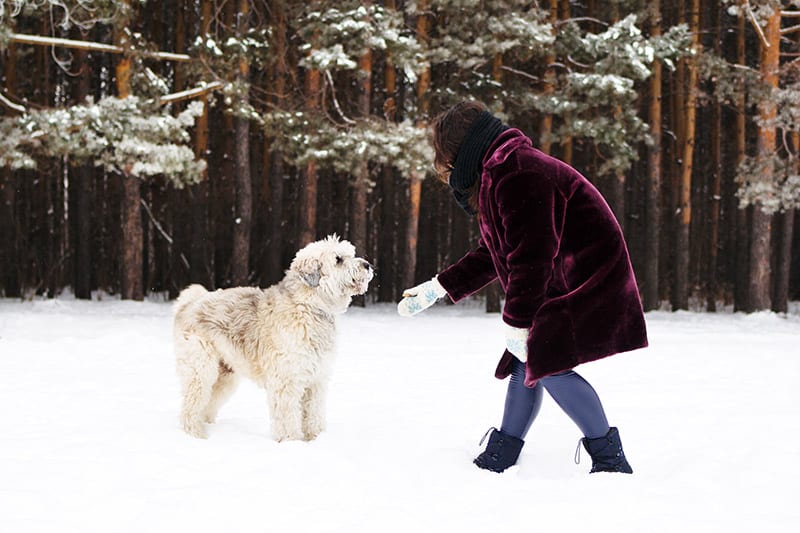
Does This Breed Get Along With Other Pets? 🐶 😽
South Russian Ovcharka dogs can be dominant and strong-willed. They’re independent, which means they’re not always fans of being around other dogs, but with lots of training and consistent socialization, some do fine with canine companions.
Ovcharkas that grow up with other pets are likelier to get along with them.

Things to Know When Owning a South Russian Ovcharka Dog
Food & Diet Requirements 🦴
South Russian Ovcharkas do best when eating commercial diets designed to meet their life stage and size requirements. Puppies need different nutrients than adult dogs and should eat food specially formulated for them.
Large breeds like South Russian Ovcharkas have special nutritional needs as adults and puppies and should stick with formulas designed to meet their specific requirements for calories and nutrients.
Products with an American Association Feed Control Officials statement of nutritional adequacy have all the nutrients puppies and dogs need for optimal health. Veterinary guidance should always be sought when choosing foods for South Russian Ovcharkas. It ensures that whatever they eat is appropriate for their health.
Exercise 🐕
South Russian Ovcharkas require lots of exercise but can also be calm when hanging out with the family, particularly when getting sufficient physical activity. Most do best when they can spend time outdoors, and they enjoy having access to fenced-in yards where they can move around and burn off energy when they please.
Because they are so energetic, they thrive in large homes and environments where they can spend time outside with their favorite people. They require long daily walks and must cover many miles to stay happy and healthy.
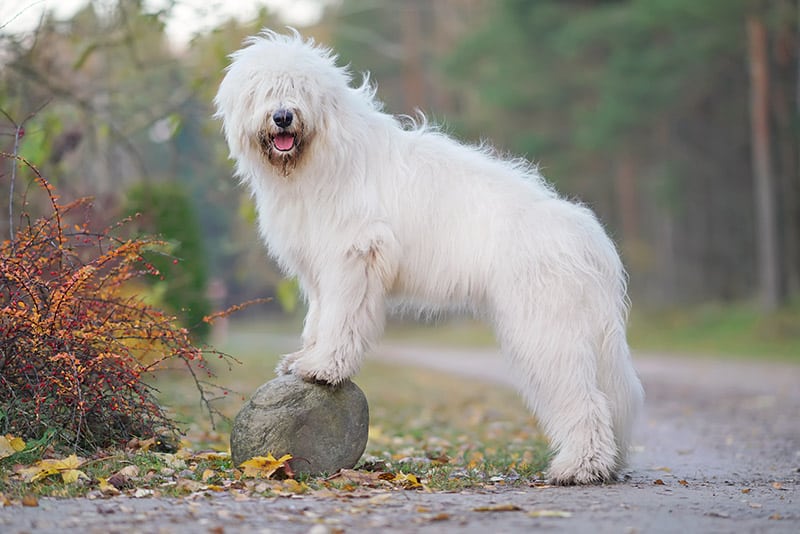
Training 🎾
South Russian Ovcharkas are relatively easy to train because they’re intelligent and learn quickly. However, they require solid training to ensure they can behave appropriately around strangers in novel situations.
Positive reinforcement training methods are ideal; punishment can lead to increased canine aggression. Negative reinforcement techniques can make the dogs dislike training, which can make it harder for them to learn.
Grooming ✂️
South Russian Ovcharkas have double coats with dense, thick fur. They shed year-round, but the shedding kicks into high gear when it gets warm outside. Most require daily brushing to ensure their coats stay manageable.
Regular professional grooming sessions can also keep their coats looking good. Since they have short, hairy ears, they benefit from regular ear inspections to ensure they’re wax and moisture-free. Regular nail trims are also required, and their teeth should be brushed at least a few times a week with dog-friendly toothpaste.
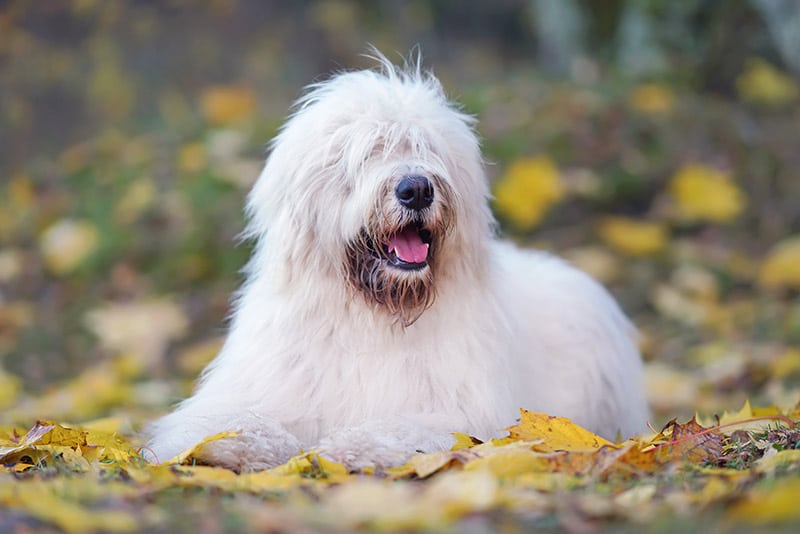
Health and Conditions🏥
Large dogs like South Russian Ovcharkas are prone to developing a few health conditions, including hip dysplasia, bloat, dilated cardiomyopathy, and arthritis.
- Arthritis
- Hip dysplasia
- Bloat
- DCM
- Arthritis – Large dogs are at increased risk of developing arthritis as they age, in part because they frequently have hip and elbow problems, which can lead to further joint issues.
- Hip dysplasia – Hip dysplasia is a condition in which dogs’ bones and cartilage begin to wear down due to loose joints. Arthritis often develops, and dogs frequently have trouble getting around. There appears to be a genetic factor involved, and large-breed dogs are more inclined to develop the problem than smaller ones. There are various treatment options, including surgery, medication, and physical therapy.
- Bloat – Bloat is a condition where a dog’s stomach becomes stretched by food or gas, and the blood flow is cut off. Tissue death can occur, and the condition can even cause dogs to have trouble breathing. When they are severely bloated, their stomachs can twist, resulting in gastric dilatation and volvulus (GDV), which is an emergency (and quite painful for dogs.) Eating large amounts of food quickly and exercising too soon after eating can increase an Ovcharka’s risk of developing the condition.
- Dilated Cardiomyopathy (DCM) – Dogs with DCM have enlarged hearts that don’t pump blood efficiently. The condition usually takes time to develop, and there aren’t many signs until the condition has progressed. There’s no cure for DCM, and the treatment is aimed at management. Medication is recommended, along with dietary changes, to keep the condition under control.
Male vs Female
Male South Russian Ovcharkas are much larger than females. Males are described as stronger and more daring than females and generally have larger heads. Neutering generally reduces sex-hormone-driven behavior such as mounting, and neutered dogs are often less aggressive than their intact counterparts.
Spaying prevents female dogs from going into heat, and it can prevent them from developing breast cancer and some uterine conditions. Neutered male dogs are essentially free from the risk of developing testicular cancer.
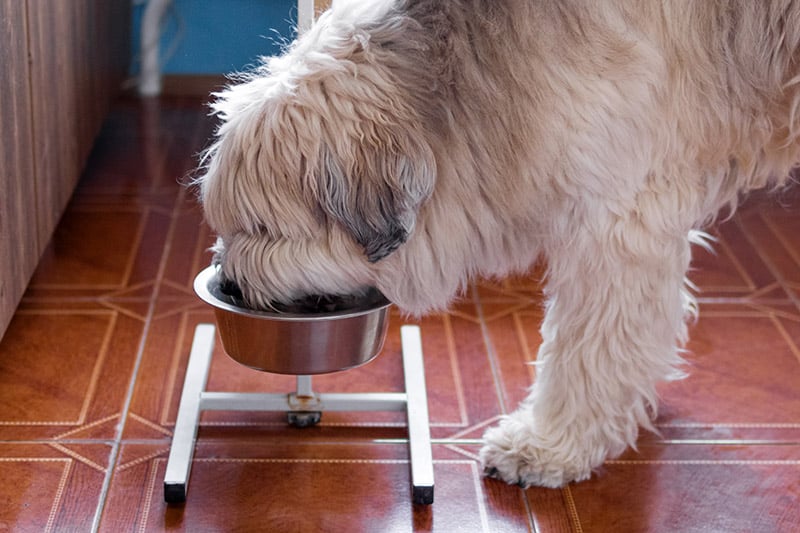

3 Little-Known Facts About the South Russian Ovcharka
1. They’re alleged to Be direct Descendants of Wolves.
Several breeds are more closely related to wolves than others. However, this is often difficult to prove definitively. But you can add the South Russian Ovcharka to the list of dogs who might have had a great-great-great-great wolf grandparent.
2. They Are Banned in Denmark.
The South Russian Ovcharka is one of 13 dogs banned from Denmark due to past incidents of aggression. It is illegal to own, breed, or import this breed into the country. If you bring one to another country and need to transit to Denmark, the dog must not leave their crate (except for drinking, eating, and using the bathroom while on a leash).
3. There Are Three Ovcharka Breeds.
In addition to the South Russian Ovcharka, there is also the Central Asian Shepherd Dog (Ovcharka) and the Caucasian Shepherd Dog (Ovcharka). The Caucasian Shepherd is the largest of the Ovcharka breeds, reaching up to 170 pounds.
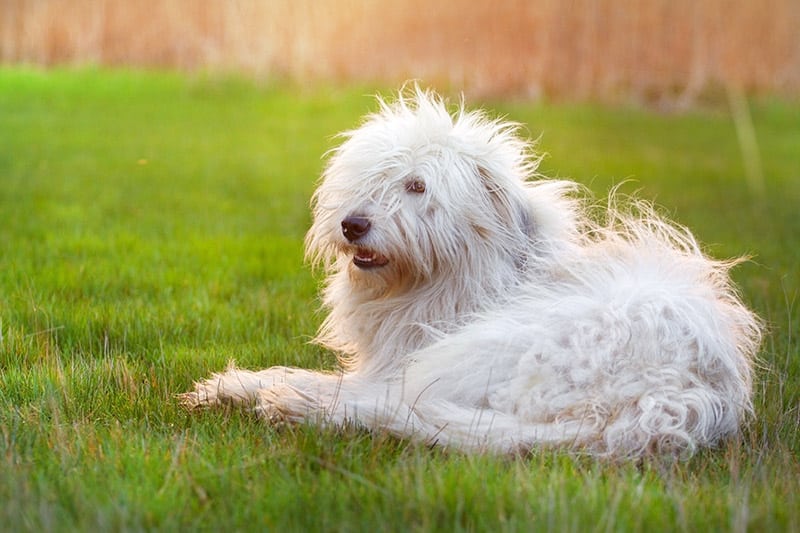

Final Thoughts
South Russian Ovcharkas are large herding dogs with an ancient past. They were historically used for herding and guarding livestock. They are active and independent, and most are loyal and devoted to the people they love, but they’re not terribly interested in making new friends or dealing with strangers.
They are reasonably laid back and happy to spend time alone, but they are ready to spring into action to defend loved ones or fend off intruders. Because of their size, intelligence, and independence, they do best with experienced dog owners.
Featured Image Credit: Photobac, Shutterstock
